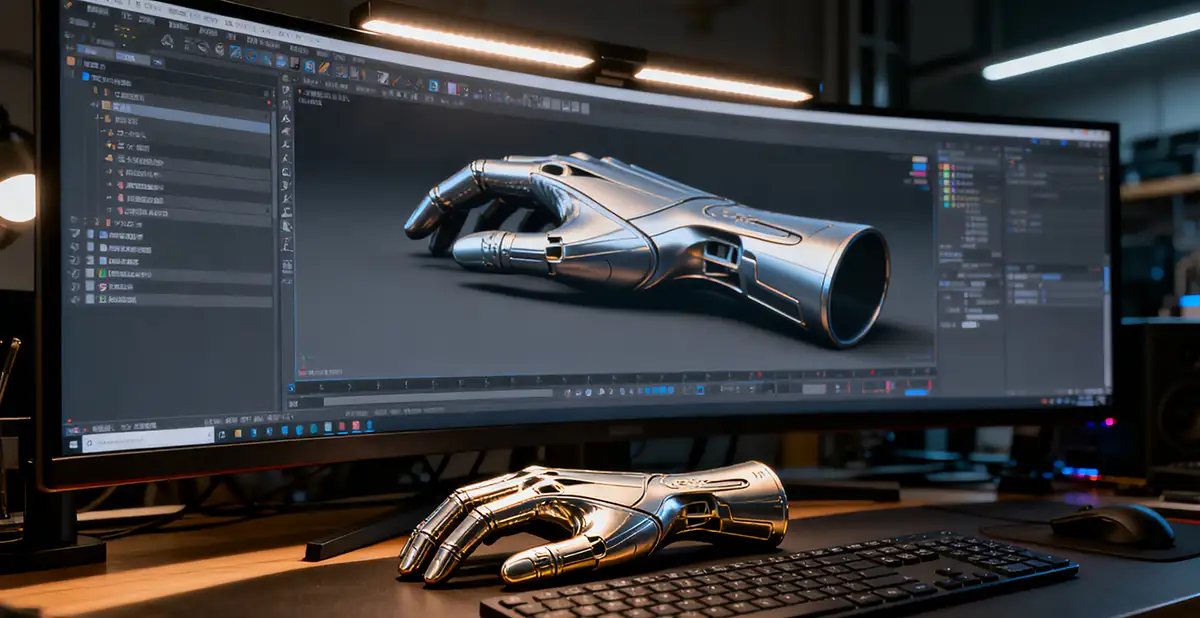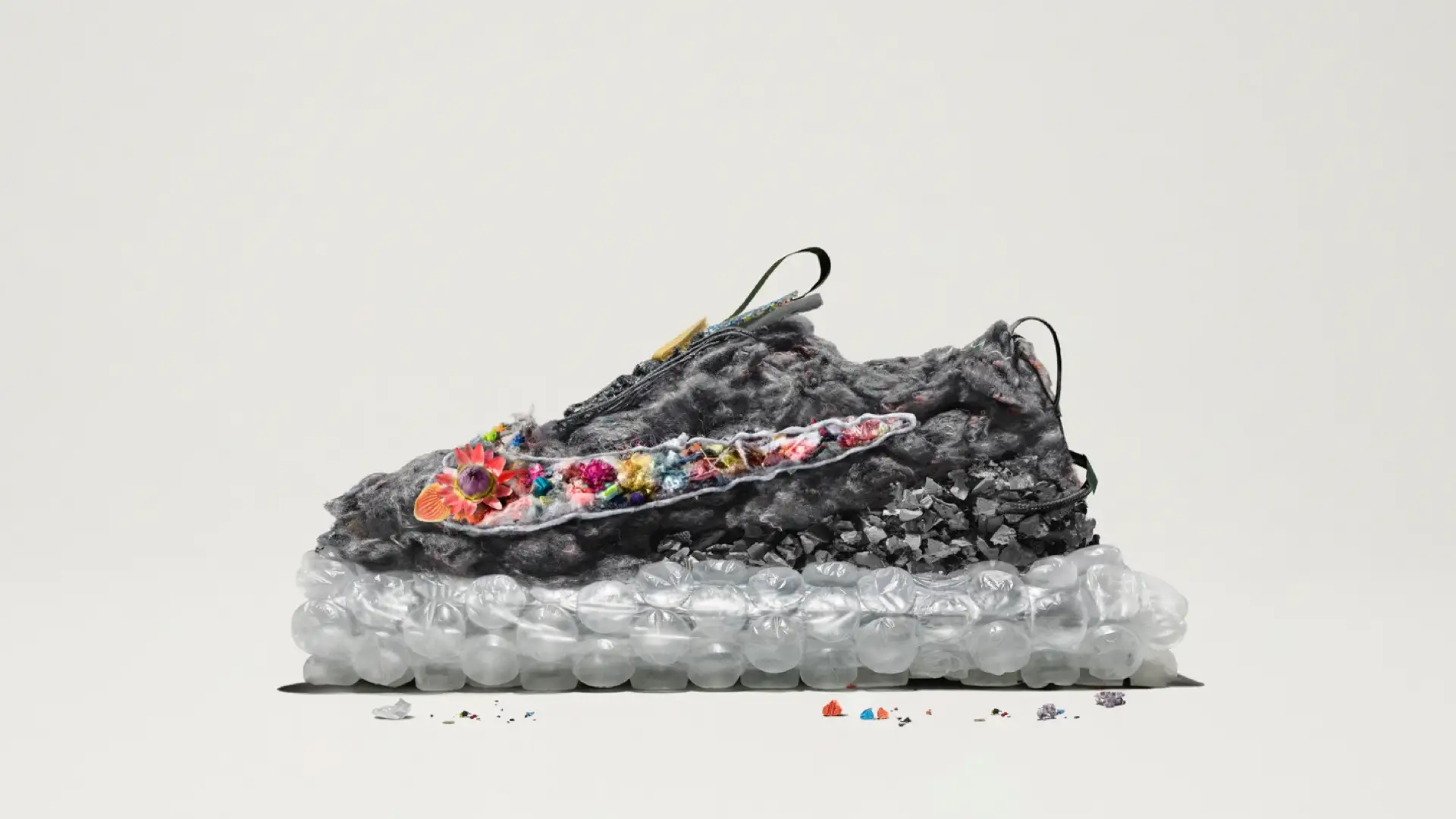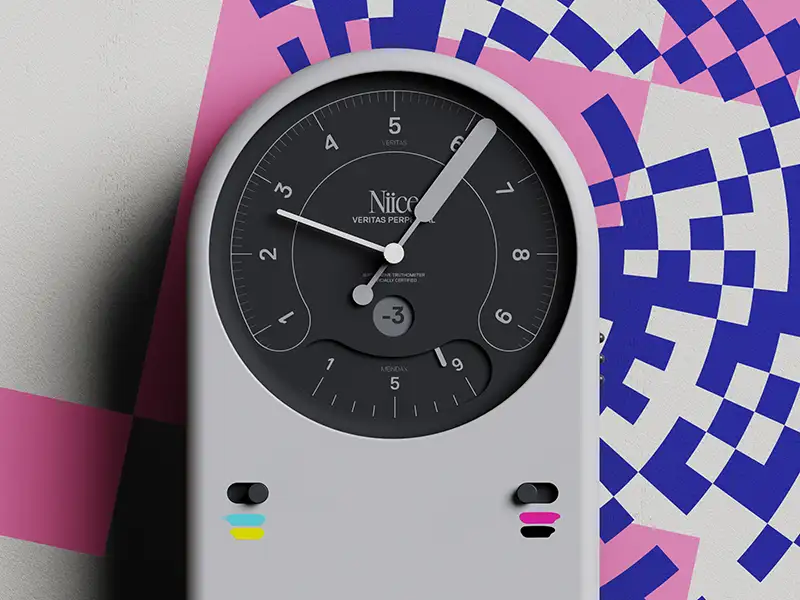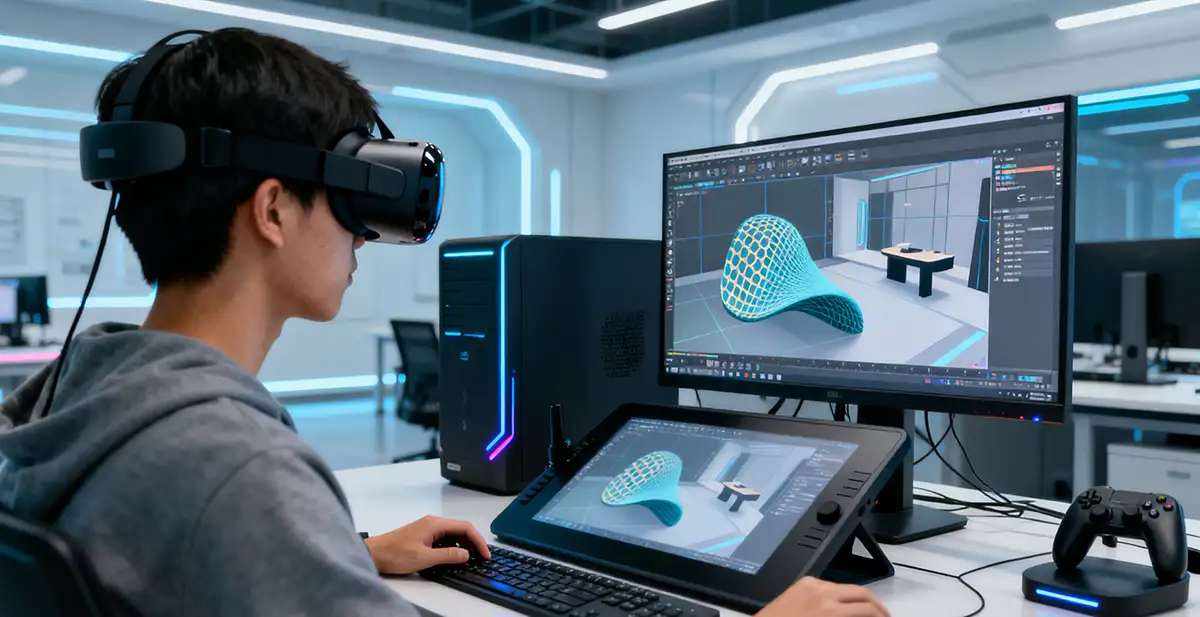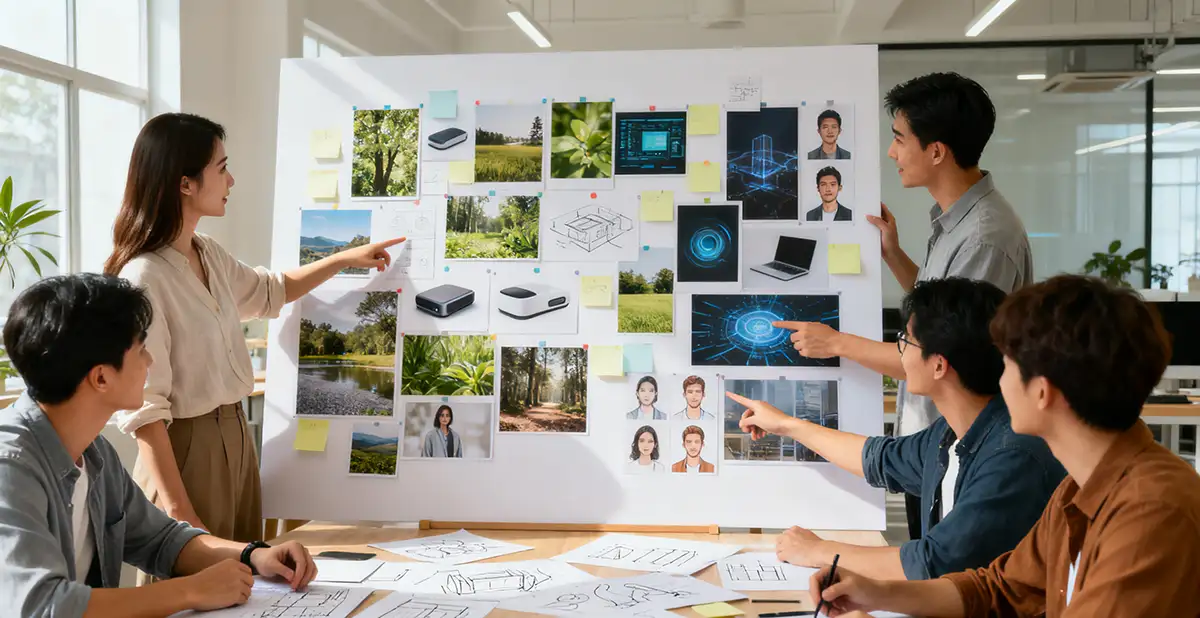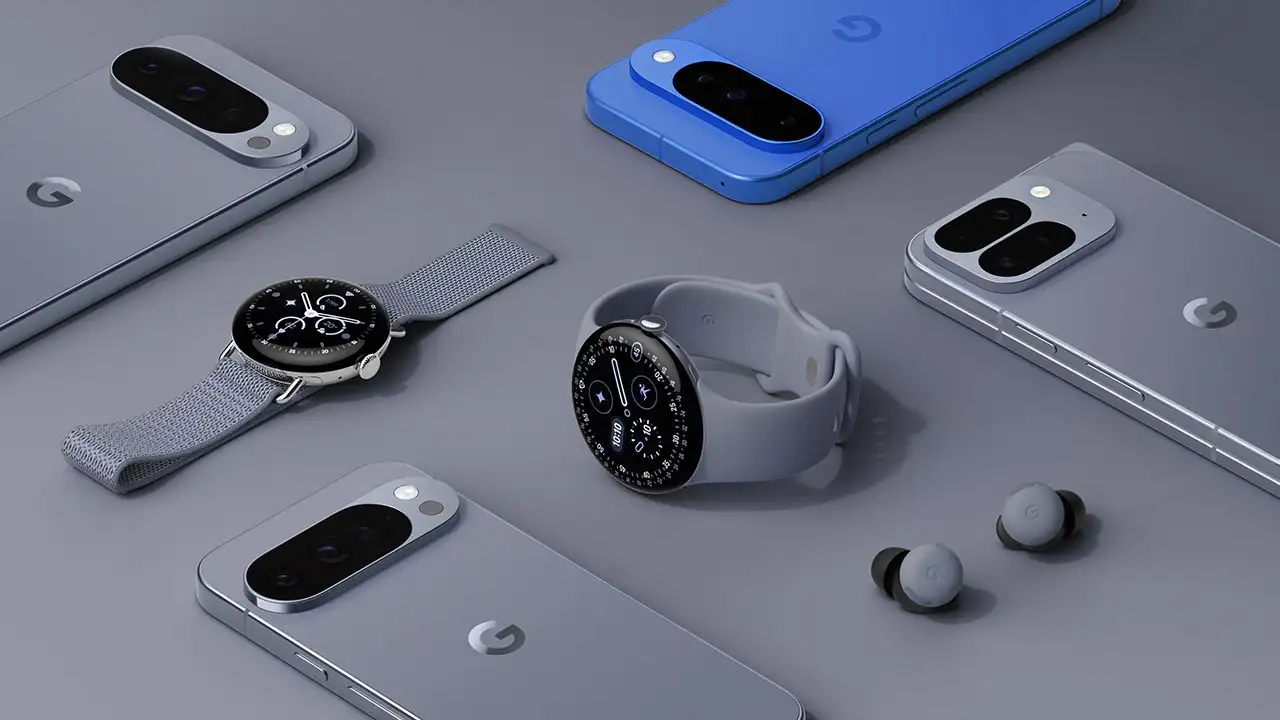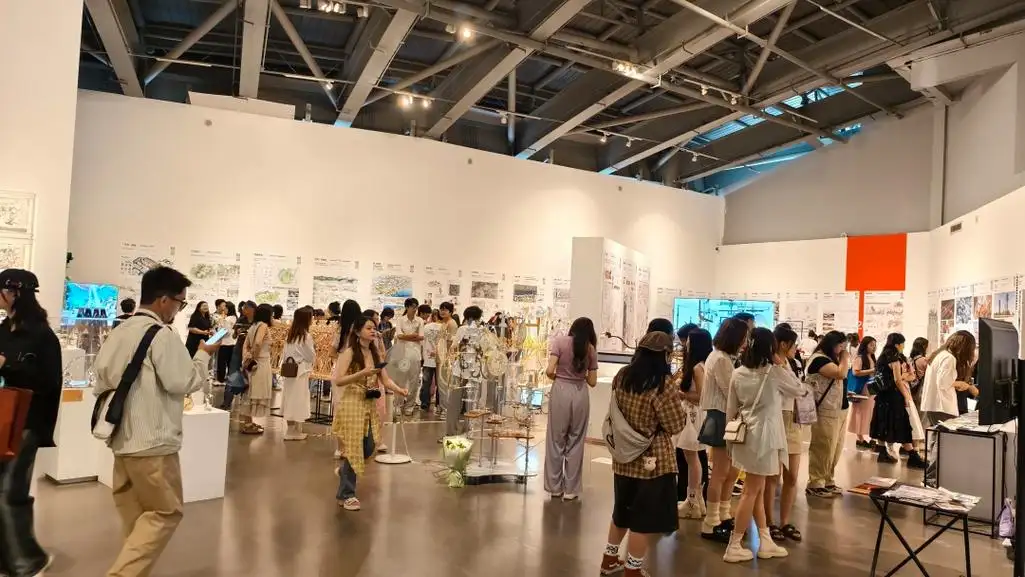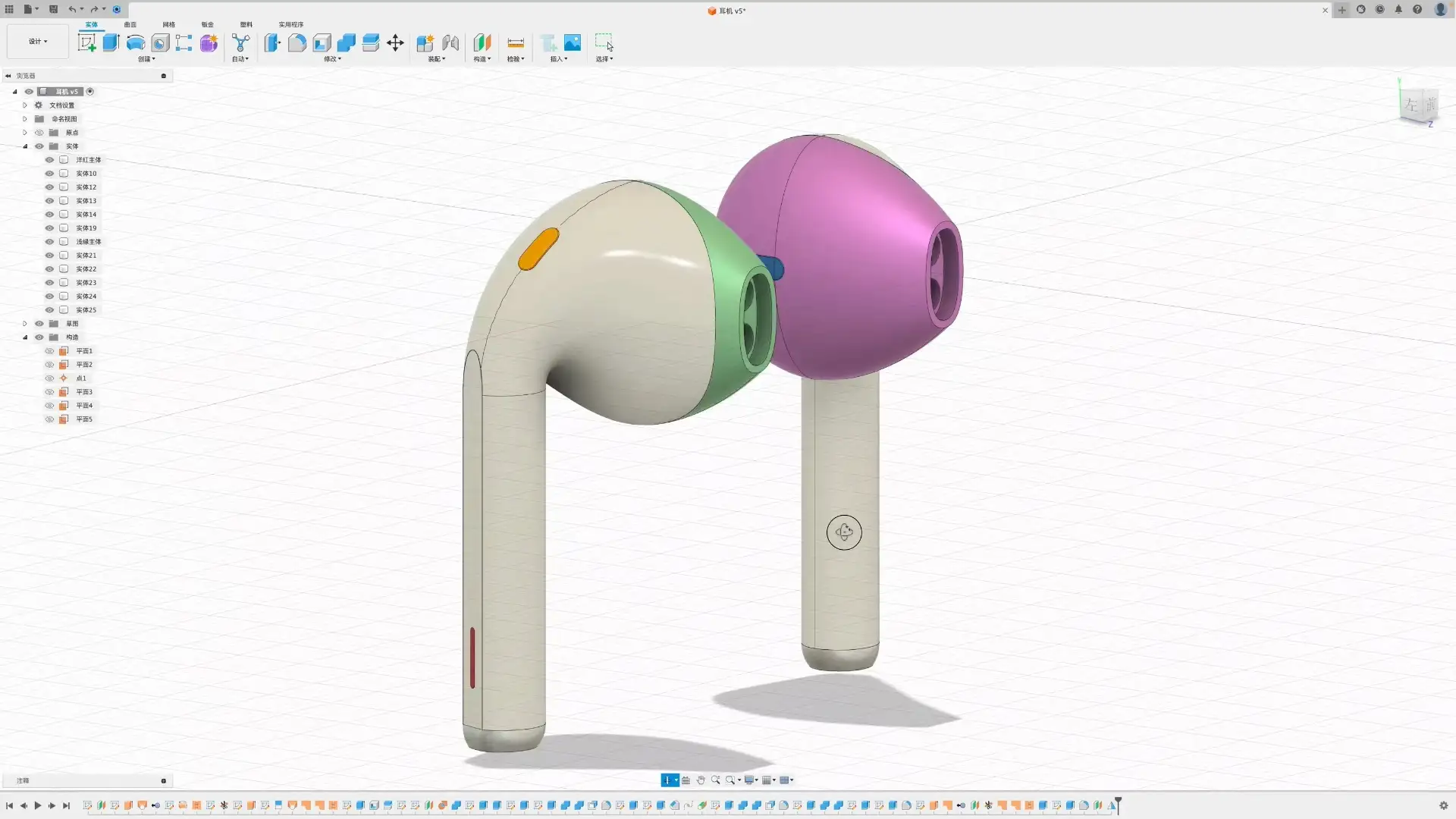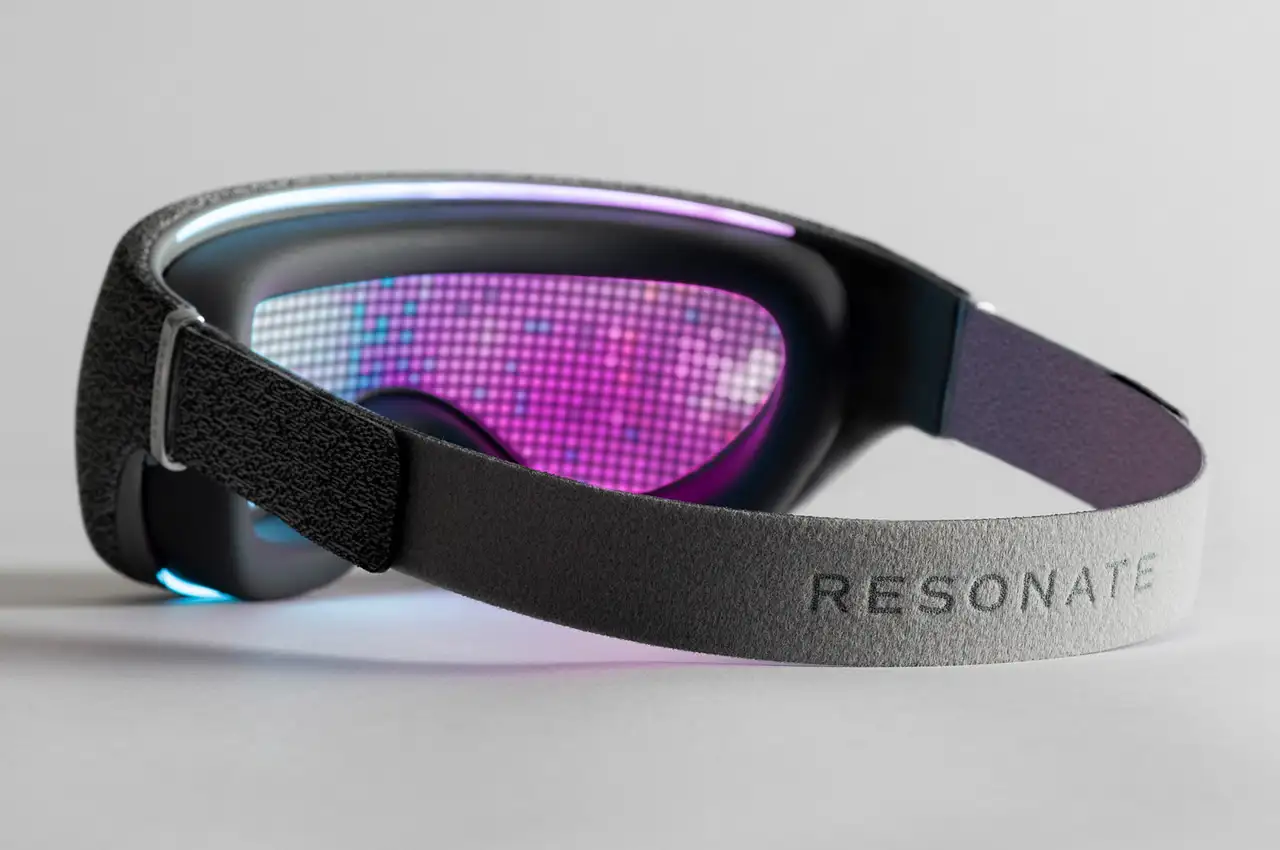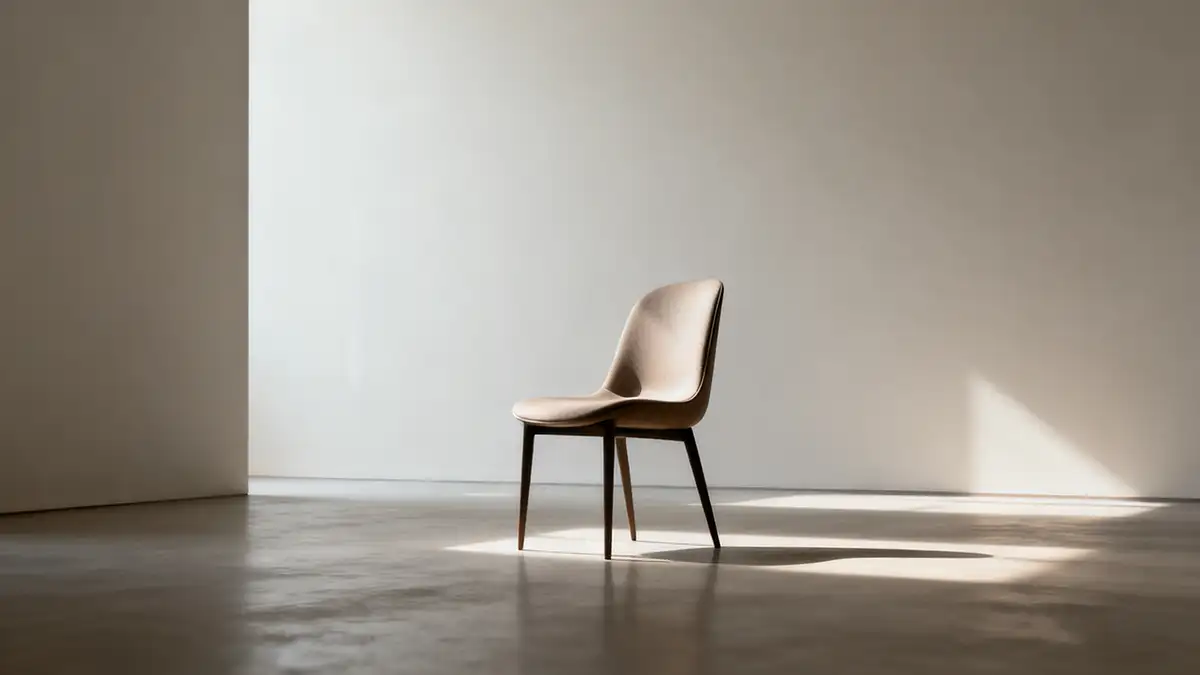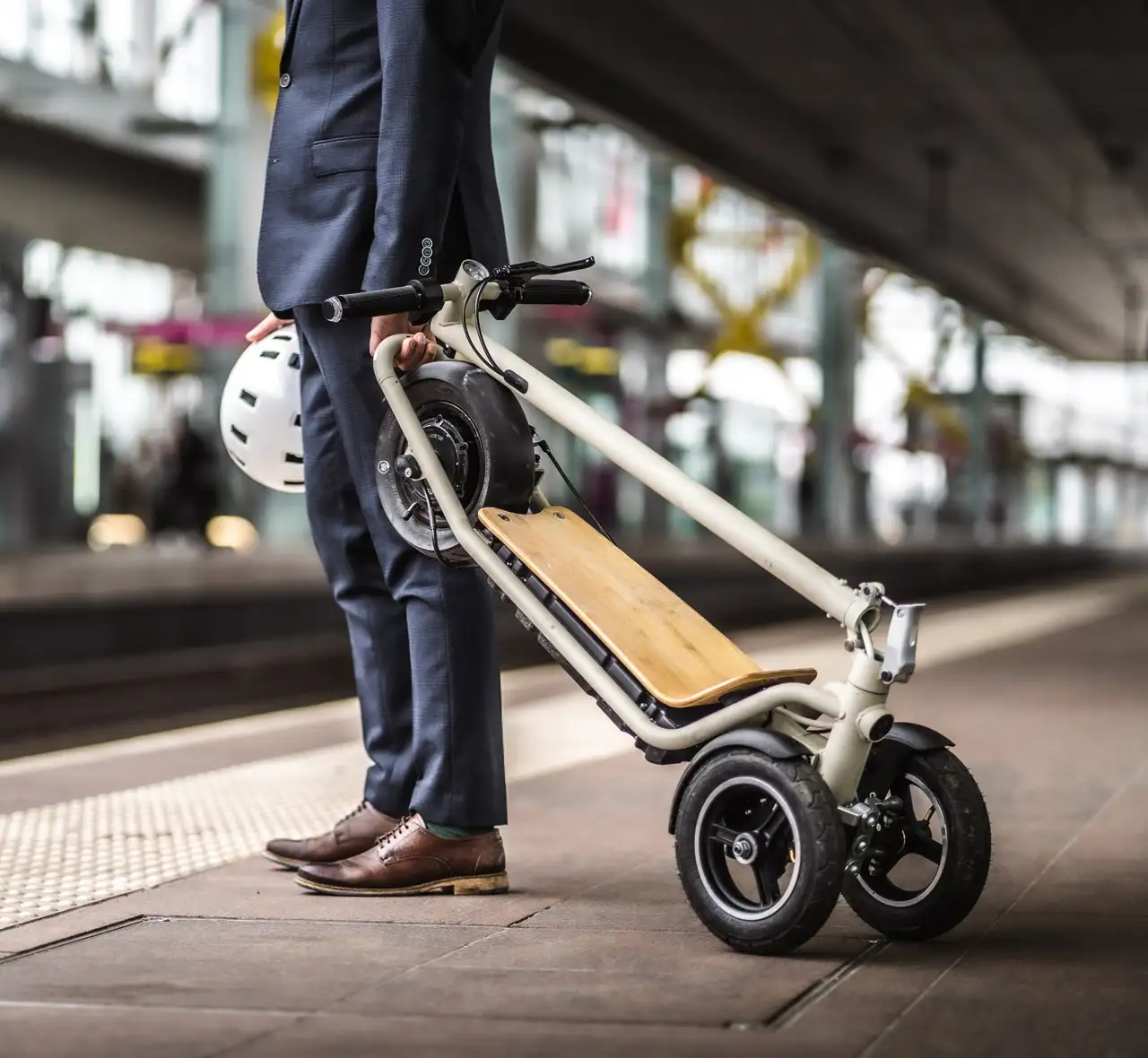NINEIDEA:深圳工业设计创新能力强、与制造业紧密结合、国际化与本土化融合、注重用户体验、设计效率高、人才结构多元化及政策支持力度大为特征。
创新能力强:
深圳聚集了全球顶尖的设计人才和创新企业,形成了独特的设计生态系统。这里的设计师不断突破传统思维,将创新设计思维与技术整合能力深度融合。
与制造业紧密结合:
深圳拥有完整的制造业产业链,为工业设计提供了得天独厚的发展土壤,能实现 “设计 + 制造” 的无缝衔接。设计师可以快速将创意转化为实物,从设计到打样再到量产,整个过程高效而顺畅。
国际化与本土化结合:
深圳的设计师既深谙中国文化精髓,又具备全球视野,能够创造出既符合国际审美又满足本土需求的产品。每年举办的深圳国际工业设计大展,吸引了全球顶尖设计机构参与,促进了东西方设计理念的交流碰撞,这种开放包容的环境,让深圳设计不断推陈出新。
注重用户体验:
深圳工业设计连接市场需求,高度关注用户。华为、腾讯等知名企业设计体系中都建立了消费者体验中心,华为提出以用户为中心的设计,同该公司以用户为主导的发展战略一脉相承。
设计效率高:
完善的产业生态使得深圳工业设计具有效率优势。从宝安区的精密模具制造到华强北的电子元器件供应,设计师可在 2 小时车程内触达全产业链资源。
人才结构多元化:
深圳设计公司拥有国际化的人才结构,既有深谙用户场景体验的本土设计师,也有来自德国、日本等国的工业设计专家,还通过 “老带新” 的人才梯队建设,确保设计始终保持前沿视角。
政策支持力度大:
深圳历来高度重视工业设计创新,2012 年发布国内首个工业设计地方性政策,之后还出台了一系列政策,从培育本土人才、引入海内外设计人才,到扶持设计产业园区,再到设立产业基金等,不断加大专项支持力度,助力工业设计发展。
Decoding Shenzhen’s Industrial Design Innovation: How do the Seven Core Genes Lead the World?
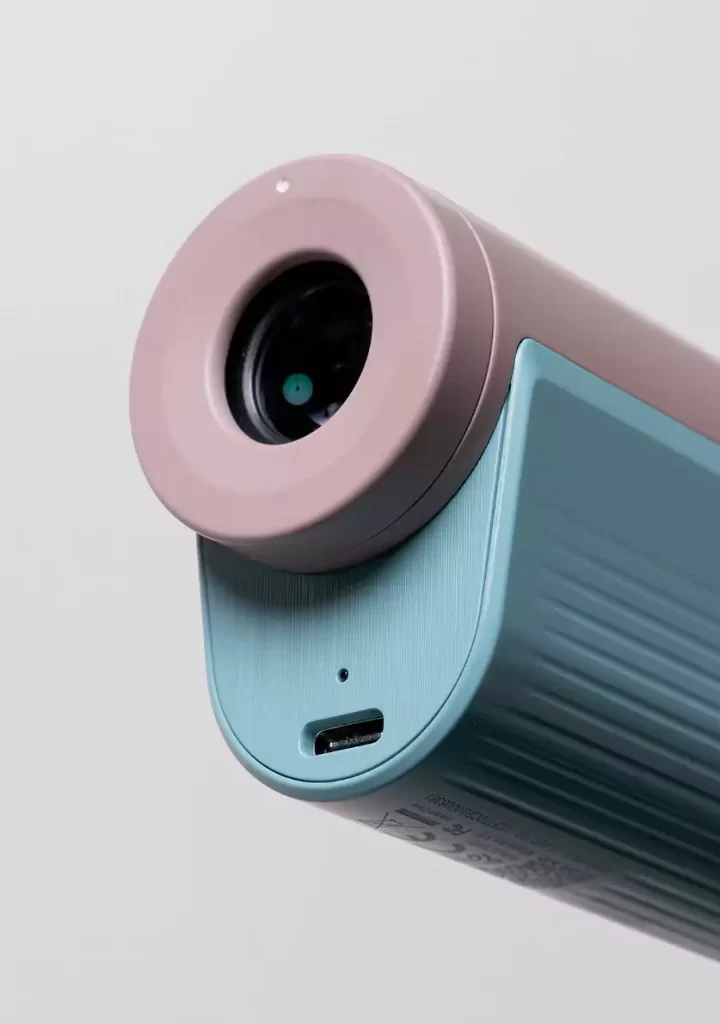
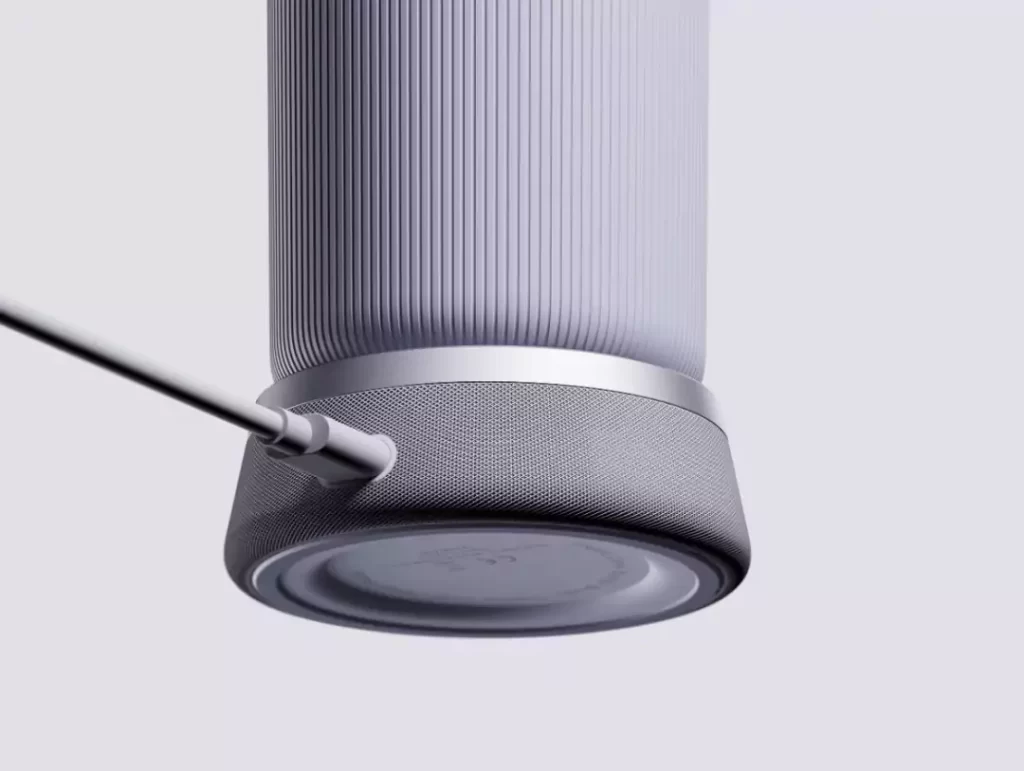
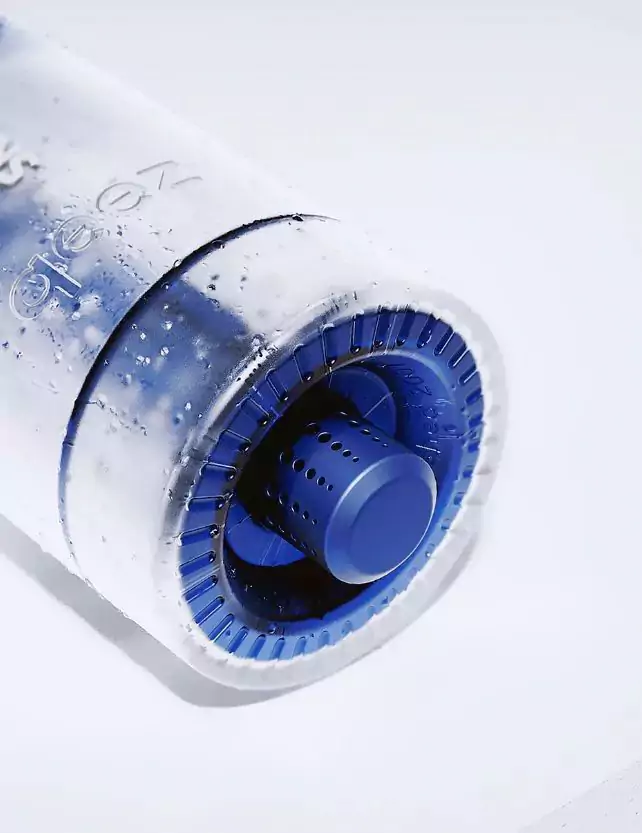
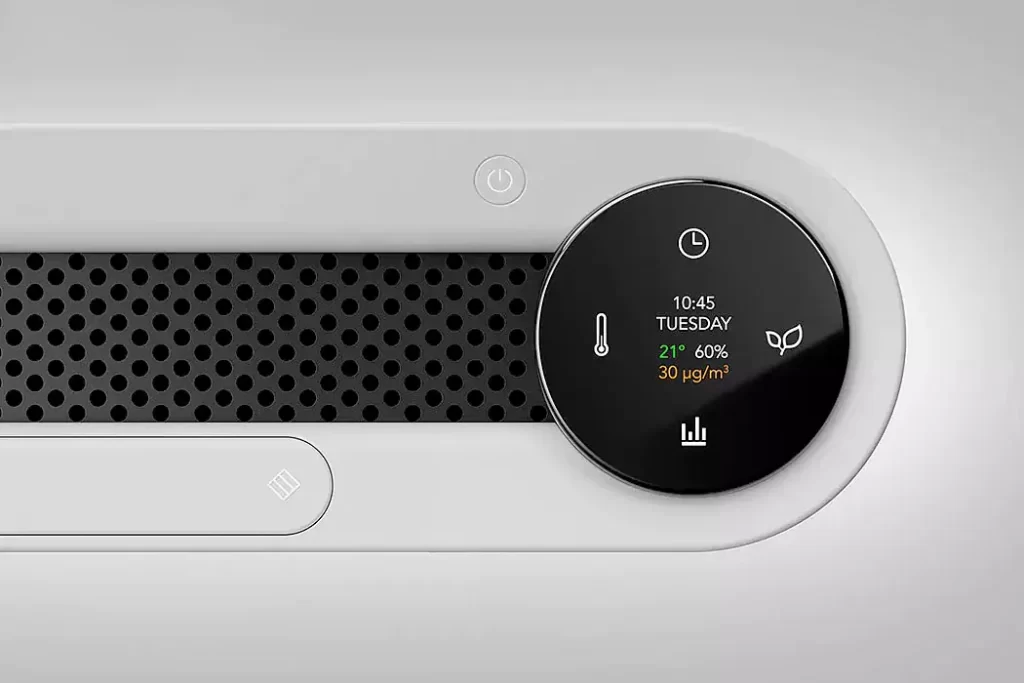
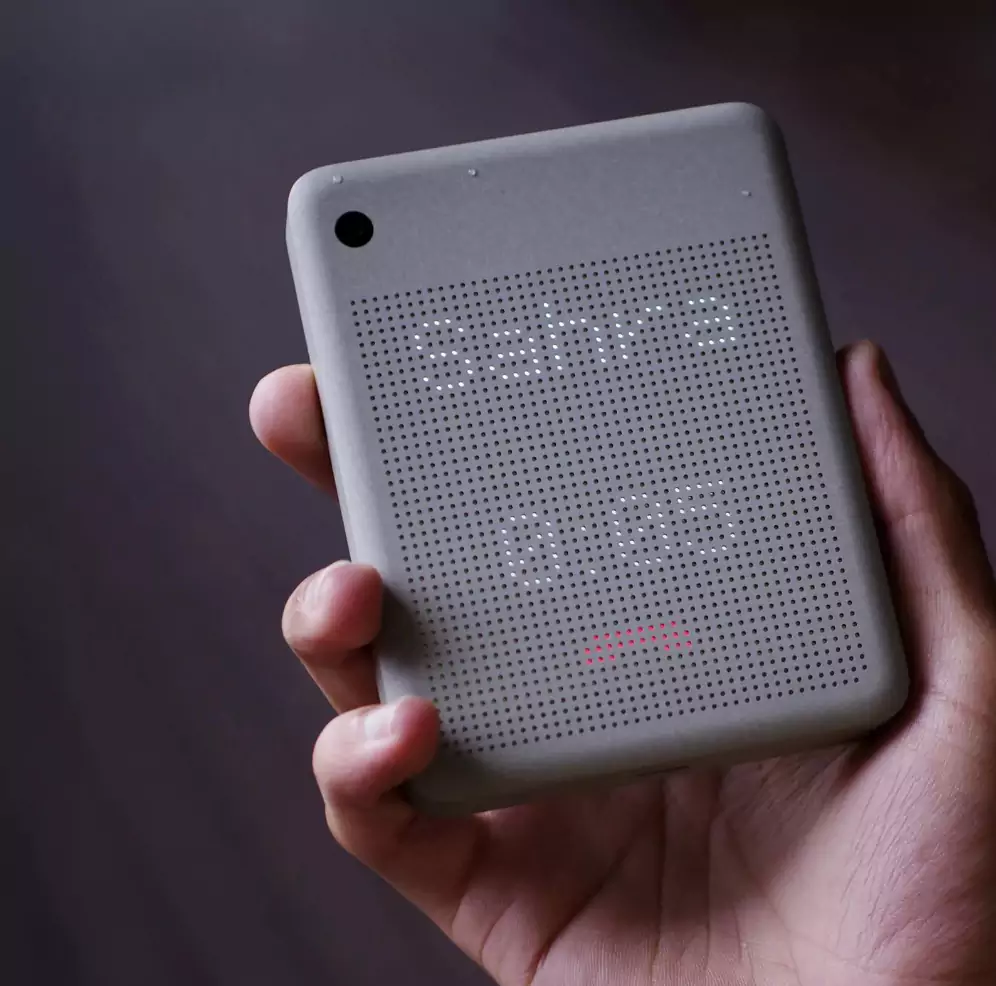
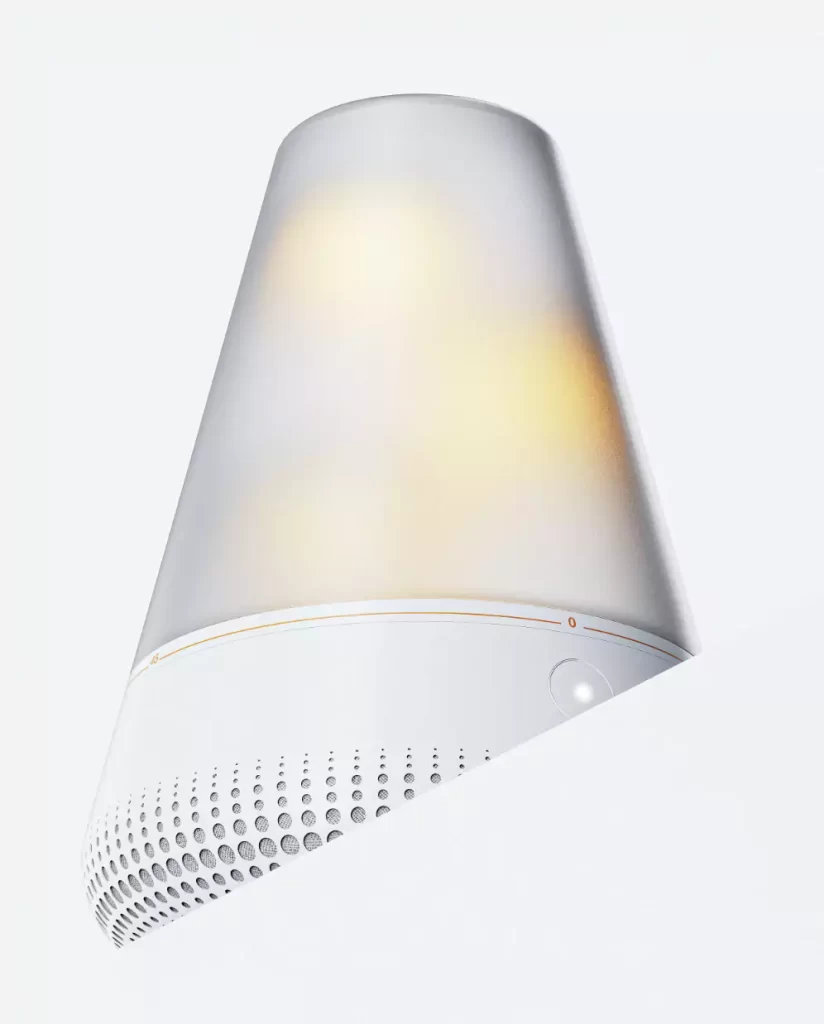
NINEIDA: Shenzhen is characterized by strong industrial design innovation capabilities, close integration with manufacturing, integration of internationalization and localization, emphasis on user experience, high design efficiency, diversified talent structure, and strong policy support.
Strong innovation ability:
Shenzhen has gathered top design talents and innovative enterprises from around the world, forming a unique design ecosystem. The designers here constantly break through traditional thinking and deeply integrate innovative design thinking with technological integration capabilities.
Closely integrated with the manufacturing industry:
Shenzhen has a complete manufacturing industry chain, providing a unique development environment for industrial design and achieving seamless integration of “design+manufacturing”. Designers can quickly transform their ideas into tangible objects, from design to prototyping to mass production, the entire process is efficient and smooth.
Integration of Internationalization and Localization:
Designers in Shenzhen are well versed in the essence of Chinese culture and possess a global perspective, capable of creating products that meet both international aesthetics and local needs. The annual Shenzhen International Industrial Design Exhibition attracts top design institutions from around the world, promoting the exchange and collision of design concepts between the East and the West. This open and inclusive environment allows Shenzhen’s design to constantly innovate.
Focus on user experience:
Shenzhen industrial design connects market demand and pays close attention to users. Huawei, Tencent and other well-known companies have established consumer experience centers in their design systems. Huawei proposes user centered design, which is in line with the company’s user led development strategy.
High design efficiency:
The perfect industrial ecology gives Shenzhen industrial design an efficiency advantage. From precision mold manufacturing in Bao’an District to electronic component supply in Huaqiangbei, designers can access the entire industry chain resources within a 2-hour drive.
Diversified talent structure:
Shenzhen design companies have an international talent structure, including local designers who are well versed in user scenario experience, as well as industrial design experts from countries such as Germany and Japan. Through the construction of a talent pool of “old leading new”, they ensure that designs always maintain a cutting-edge perspective.
Strong policy support:
Shenzhen has always attached great importance to industrial design innovation. In 2012, it released the first local industrial design policy in China. Since then, a series of policies have been introduced, ranging from cultivating local talents, attracting design talents from both domestic and overseas, supporting design industry parks, and establishing industrial funds, continuously increasing support for vocational programs to promote the development of industrial design.













